
Your event’s last session doesn’t have to be the end of the experience. Post-event emails are how you extend the value of your program, capture feedback while it’s fresh, and keep attendees leaning in for what’s next.
Email remains the lifecycle workhorse for events—consistent, measurable, and high-ROI. Industry research shows it continues to deliver strong returns and plays a pivotal role before, during, and after your event to activate, engage, and retain attendees. Litmus has repeatedly highlighted email’s outsized ROI and its unique ability to power lifecycle marketing.
In this guide, you’ll get practical, proven post-event email examples—plus tips, timing, and templates—to help you gather better feedback and drive stronger engagement between events.
Why post-event emails matter for feedback, relationships, and retention
Key elements of a high-performing follow-up (subject line, personalization, CTA, and design)
Four complete post-event email examples you can copy and adapt
Optimization tips for segmentation, mobile, testing, and deliverability
A great post-event sequence does three things: asks clearly for feedback, delivers tangible value, and opens a path to the next action. When you combine those—politely and promptly—you build a relationship flywheel that boosts repeat attendance and word of mouth.
Here’s why post-event emails are worth prioritizing:
Feedback while memories are fresh: You’ll collect more accurate, actionable insights when you ask soon after the event. Professional associations recommend sending surveys within 24–48 hours and adding a single reminder before close. See ASAE’s guidance for timing best practices.
Continued engagement: Send highlights, recordings, slides, and photo galleries to extend the experience and help attendees revisit key moments.
The Loopyah Content Team shares expert insights, practical guides, and industry updates to help event organizers create unforgettable experiences and stay ahead in the event planning world.
marketing
Relationship building: A simple thank-you that feels personal goes a long way. Follow-ups show you care about their experience and success—not just the sale.
Future attendance and revenue: Nudging attendees toward replays, communities, or early-bird tickets keeps momentum going and creates a bridge to your next event.
Front-load the value and keep it scannable on mobile. Aim for clarity over cleverness and test 2–3 options. Examples:
“Quick favor: 2-minute [Event Name] survey”
“Thank you for coming—your highlights + photos”
“Your slides and replay from [Session/Track]”
Use first name, company, city, and—most importantly—behavioral data (sessions attended, ticket type, NPS segment). Send relevant content to each segment so every message feels meant for them. With Loopyah, you can segment attendee lists and automate targeted follow‑ups using our email attendees feature.
Open with a genuine thank-you, then deliver the value you promised (slides, photos, replay). Acknowledge travel, time, and attention—it matters.
Resist the urge to ask for everything at once. Decide the single next best action—“Take the survey,” “View highlights,” or “Register now”—and design around that. You can always send a follow-up for the secondary ask.
Use a single-column layout, large tap targets, readable font sizes, and strong color contrast. Add alt text to images. Keep paragraphs short and scannable with subheadings and bullets.
Tag links with UTM parameters to attribute traffic and conversions to your follow-ups, then iterate. Test headlines, preview text, CTAs, and content order—small wins compound over time.
Purpose: Gather specific, attendee-centered insights to improve your next event.
Sample subject lines:
“We want to hear from you! Share your thoughts on [Event Name]”
“Your feedback matters: [Event Name] survey”
Email body template:
Hi [First name],
Thank you for joining us at [Event Name]. We’re already working on an even better experience next time, and your input will help shape it.
Could you spare 2–5 minutes to complete a short survey? It’s just [X] questions and works great on mobile.
As a thank-you, you’ll receive [incentive—optional, e.g., 10% off your next ticket or entry into a gift card drawing].
Take the survey now → [Survey link]
If you attended specific sessions like [Session A] or [Workshop B], we’ll ask just a few targeted questions so we can make those even stronger.
With appreciation,
[Sender name], [Title]
Pro tips:
Keep it short: ideally under 9–12 minutes total to minimize drop-off, especially on mobile.
Ask only what you’ll use. Align questions with decisions you need for the next event (venue, tracks, accessibility, networking, pricing). For inspiration, see our guide to post-event survey questions.
Purpose: Express sincere gratitude and give attendees easy, delightful ways to relive the event.
Sample subject lines:
“Thank you for attending [Event Name]!”
“Relive the memories: Thanks for joining us at [Event Name]”
Email body template:
Hi [First name],
From all of us at [Organization], thank you for being part of [Event Name]. Your energy made it special.
Here are highlights you can revisit and share:
Top moments and recap blog: [Highlights link]
Photo gallery: [Gallery link] (download your favorites)
Keynote replay + slides: [Replay/slides link]
View event highlights → [Highlights link]
We’ll be in touch with a short survey soon. Until then, thanks again for making [Event Name] memorable.
Warmly,
[Sender name], [Title]
Description: Example of a thank-you email with event highlights and a link to photos.
Purpose: Keep momentum going with valuable content, community invites, and next steps.
Sample subject lines:
“Exclusive content from [Event Name]”
“Stay connected: Resources from [Event Name]”
Email body template:
Hi [First name],
Because you joined us for [Event Name], we want you to have first access to the resources below. Share them with your team and put the ideas into action.
Your exclusive content bundle:
Session recordings by track: [Recordings hub link]
Speaker slide decks: [Slides hub link]
Bonus reading list: [3–5 relevant resource links]
Want more like this? Get early access to [Next Event Name] or join our community meetup series:
Register early (limited early-bird seats): [Registration link]
Join our monthly community calls: [Community link]
Access exclusive content → [Recordings hub link]
P.S. If you’re planning your own recap content, our guide to a strong event email marketing strategy breaks down subject lines, timing, and content blocks you can reuse.
Description: Example of an engagement email with exclusive content and a clear call to action.
Purpose: Reduce friction by bundling the thank-you, survey, and content access into one focused message.
Sample subject lines:
“[Event Name]: Share your feedback & get exclusive content!”
“Help us improve: [Event Name] feedback + resources inside”
Email body template:
Hi [First name], and thank you for being part of [Event Name]! 🎉
Before we close the books, we’d love your quick feedback (2–5 minutes). In return, we’ve unlocked recordings and slides from the sessions you cared about most.
Take the survey now: [Survey link]
Watch your top sessions (personalized to you): [Personalized recordings link]
If you missed [Session/Track], the replays are ready. And if you loved [Topic], you’ll especially enjoy [Related Recording].
Thank you again for making [Event Name] great—we’re grateful for your time and feedback.
Cheers,
[Sender name], [Title]
Tailor follow-ups based on sessions attended, ticket type (VIP, GA, virtual), industry, and engagement level (clicked, no-show, first-timer, alumni). For example:
Attended Keynote + Security track → send recording links and deeper security resources
No-shows (registered but absent) → send recap + “we saved your seat” replay and survey tailored to non-attendance
Sponsors/exhibitors → separate survey (lead quality, booth traffic), plus analytics summaries
Send your thank-you same day or the next morning. Send the survey within 24–48 hours (with one gentle reminder). Space your engagement/content email a few days later. For planning your full rhythm, see our event marketing timeline guide.
Assume most will read on a phone. Use 14–16px+ base fonts, a single column, short paragraphs, high-contrast buttons, descriptive alt text, and clear hierarchy. Ensure links and buttons are easy to tap.
Test subject lines, preview text, CTA copy, and content order. Start simple (50/50 splits) and iterate weekly. Choose winners automatically when your platform supports it.
Authenticate your domain (SPF, DKIM, DMARC) and follow bulk-sender requirements. Always include a visible unsubscribe link and a physical mailing address. Keep your lists clean by focusing on engaged audiences.
Use consistent UTM tags on all links so you can attribute traffic, time on page, replay views, and conversions back to each follow-up. Track opens, clicks, survey starts/completions, and downstream actions like early-bird purchases.
Send fast, feel personal, ask clearly, deliver value, and measure relentlessly. That’s the blueprint for post-event emails that compound results.
Choose tools that fit your stack and automate the heavy lifting, from segmentation to scheduling to testing.
Email platforms: Loopyah (built-in attendee segmentation and post-event workflows), plus widely used tools like Mailchimp or Constant Contact if you prefer standalone marketing automation.
Survey tools: SurveyMonkey, Qualtrics, or Google Forms—keep it short, mobile-friendly, and aligned to decisions for your next event.
Analytics: Google Analytics 4 for UTM attribution; your CRM for lead/opportunity tracking; your ticketing platform for conversions and revenue.
If you want a single platform that connects registration, check-in, seat maps, email, and analytics, explore Loopyah’s event software features and built-in email attendees workflows.
Post-event emails are simple in concept but powerful in execution. Start with a sincere thank-you, ask clearly for feedback while memories are fresh, and deliver content that helps attendees get more value from what they just experienced.
Remember to segment by behavior, personalize with context, design for mobile, and measure everything with UTMs. Then iterate—subject lines, CTAs, and content order are all testable—and benchmark against your own historical performance.
For timing and dependencies across your event campaign, see our event marketing timeline.
Finally, keep your program’s momentum: a simple three-touch sequence—thank you, survey, content—can meaningfully lift satisfaction, loyalty, and next-event registrations. Email is still one of the highest-ROI channels you have; Litmus underscores that its impact compounds when you use it across the lifecycle.
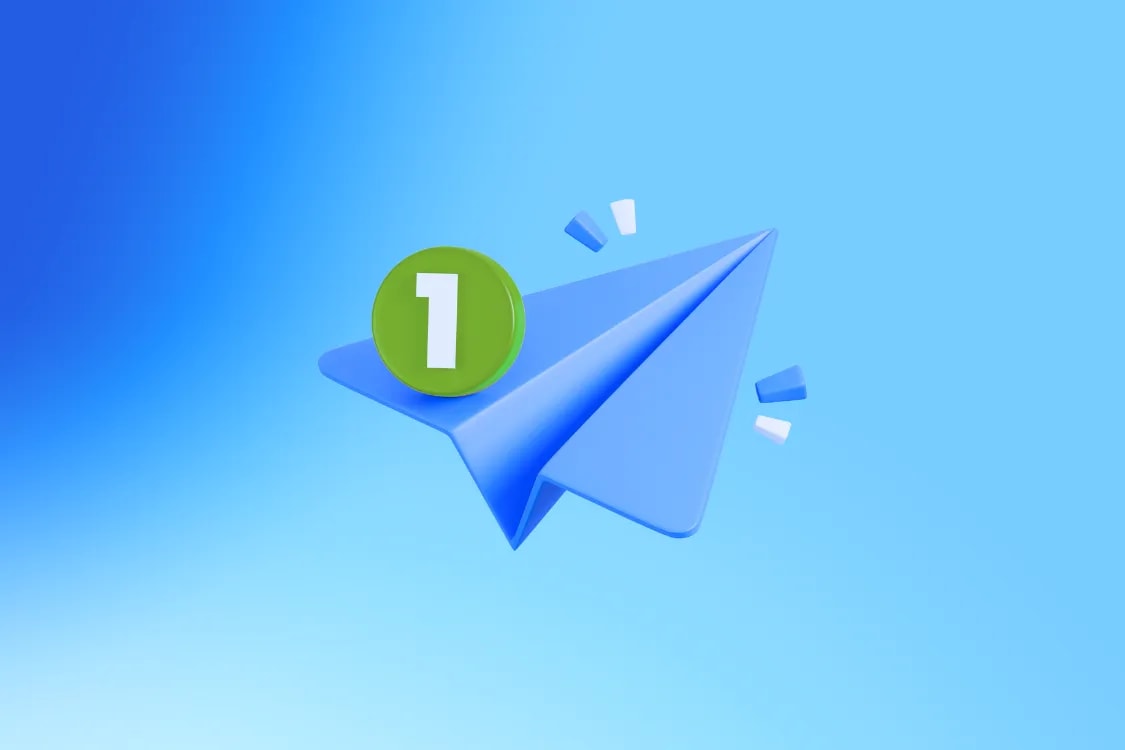
marketing
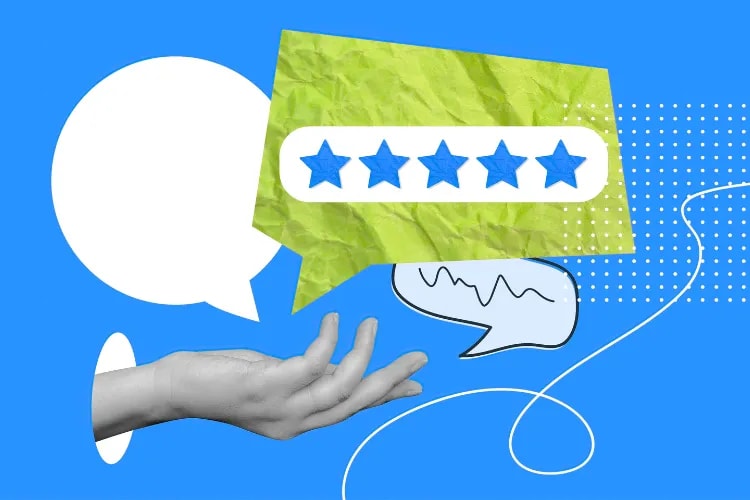
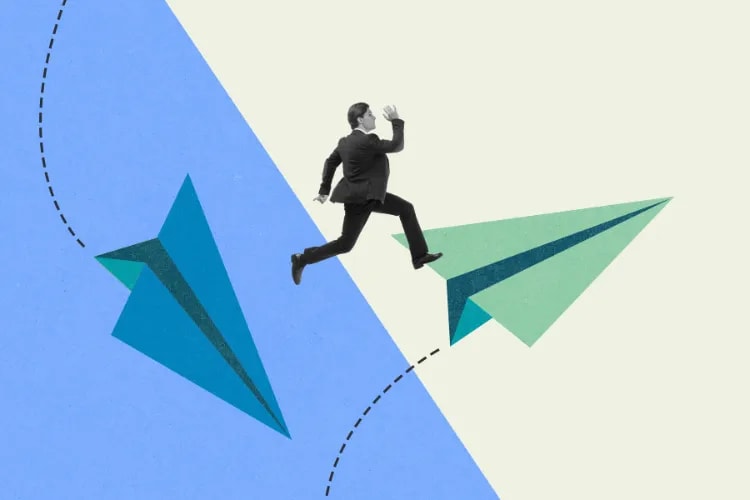
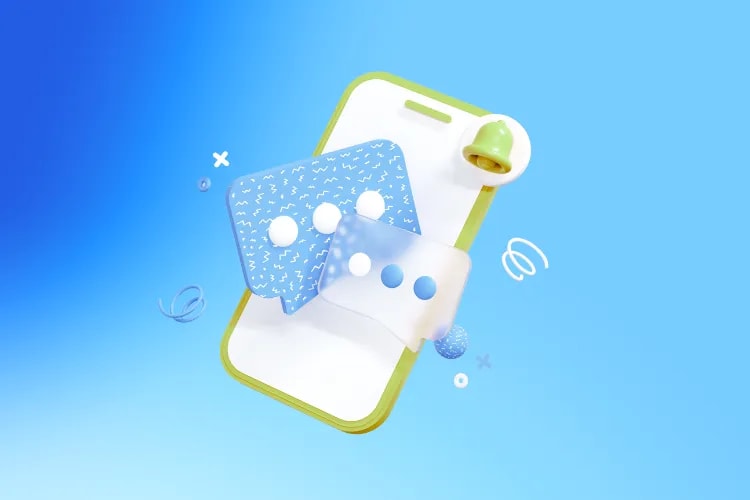
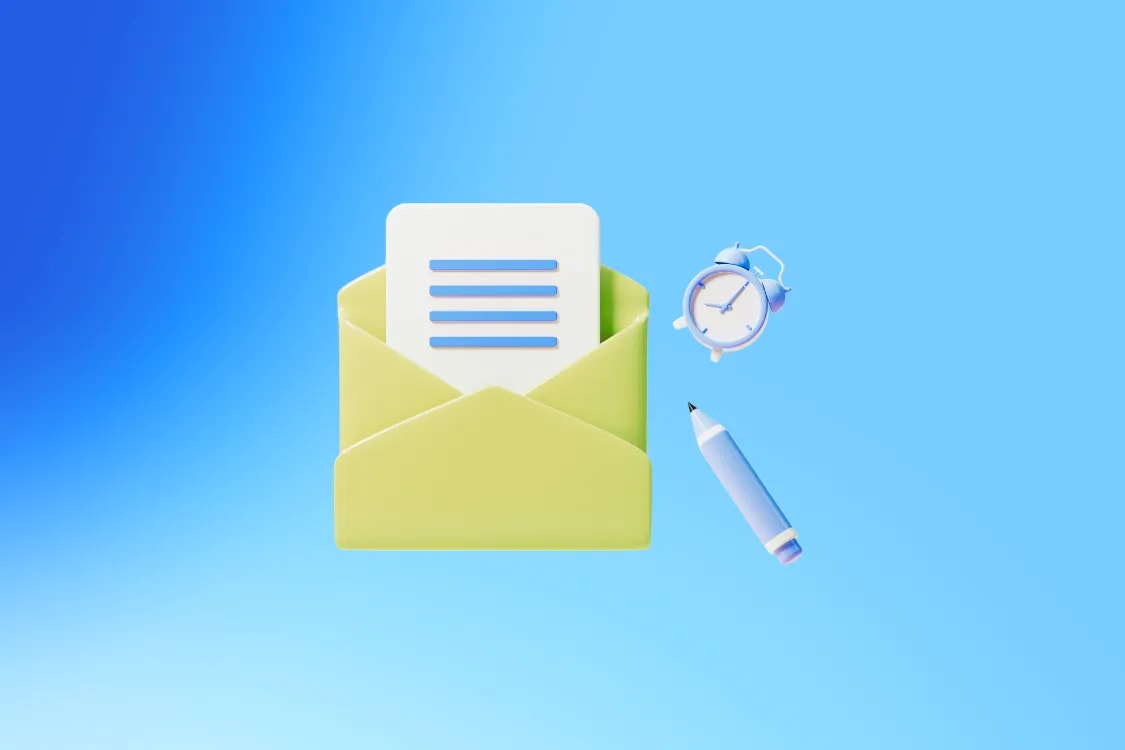
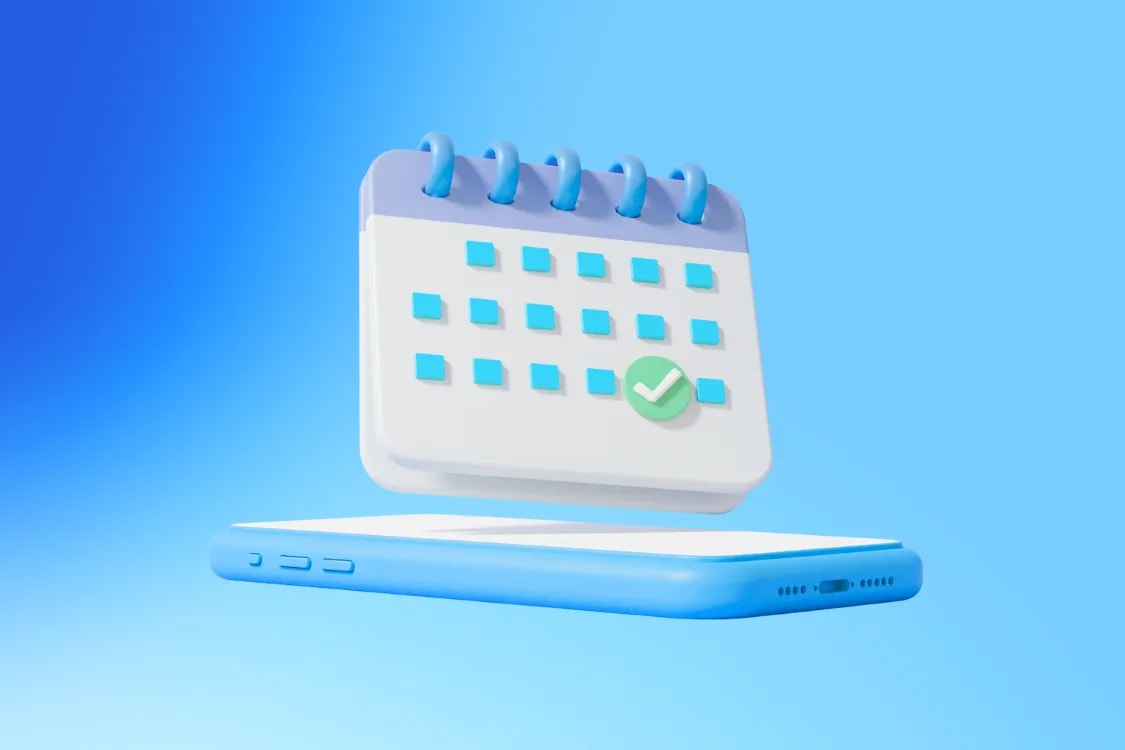
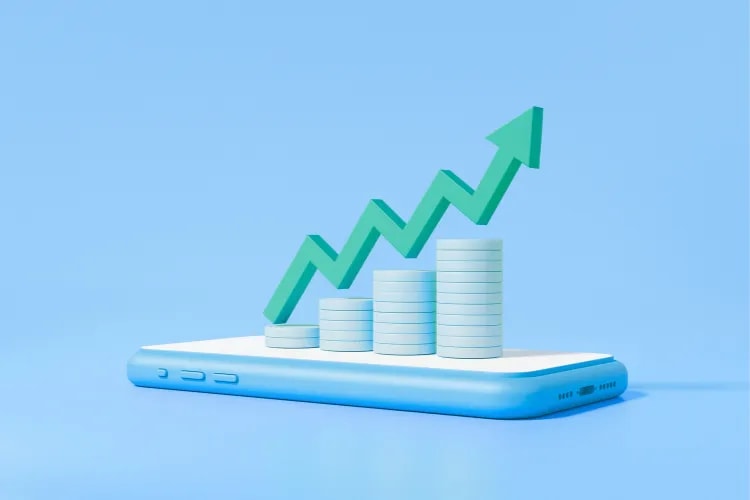
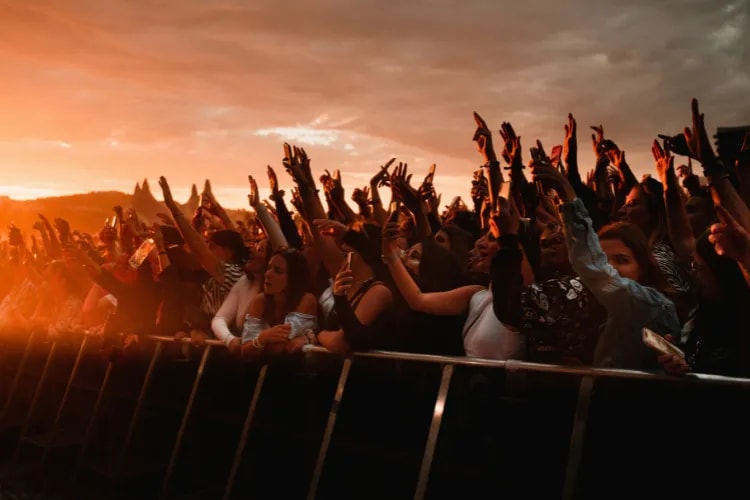
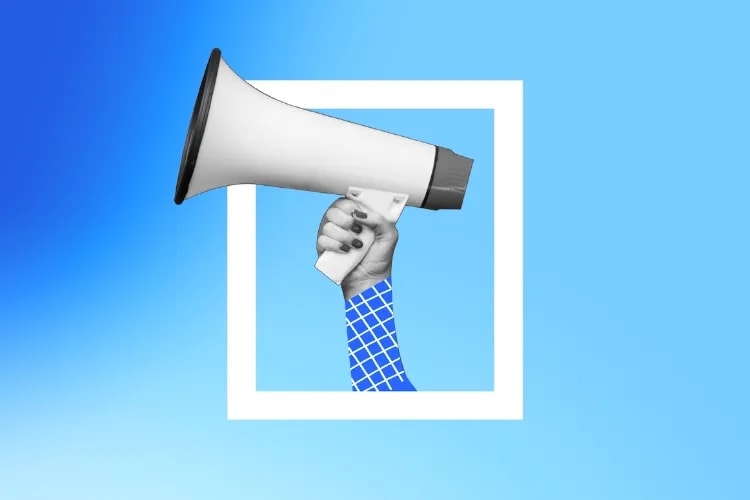
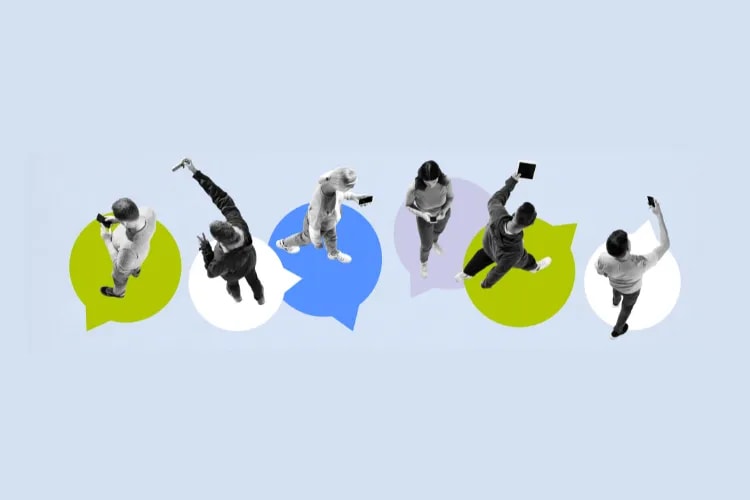
marketing
growth
marketing
marketing
marketing
selling
growth
selling
marketing